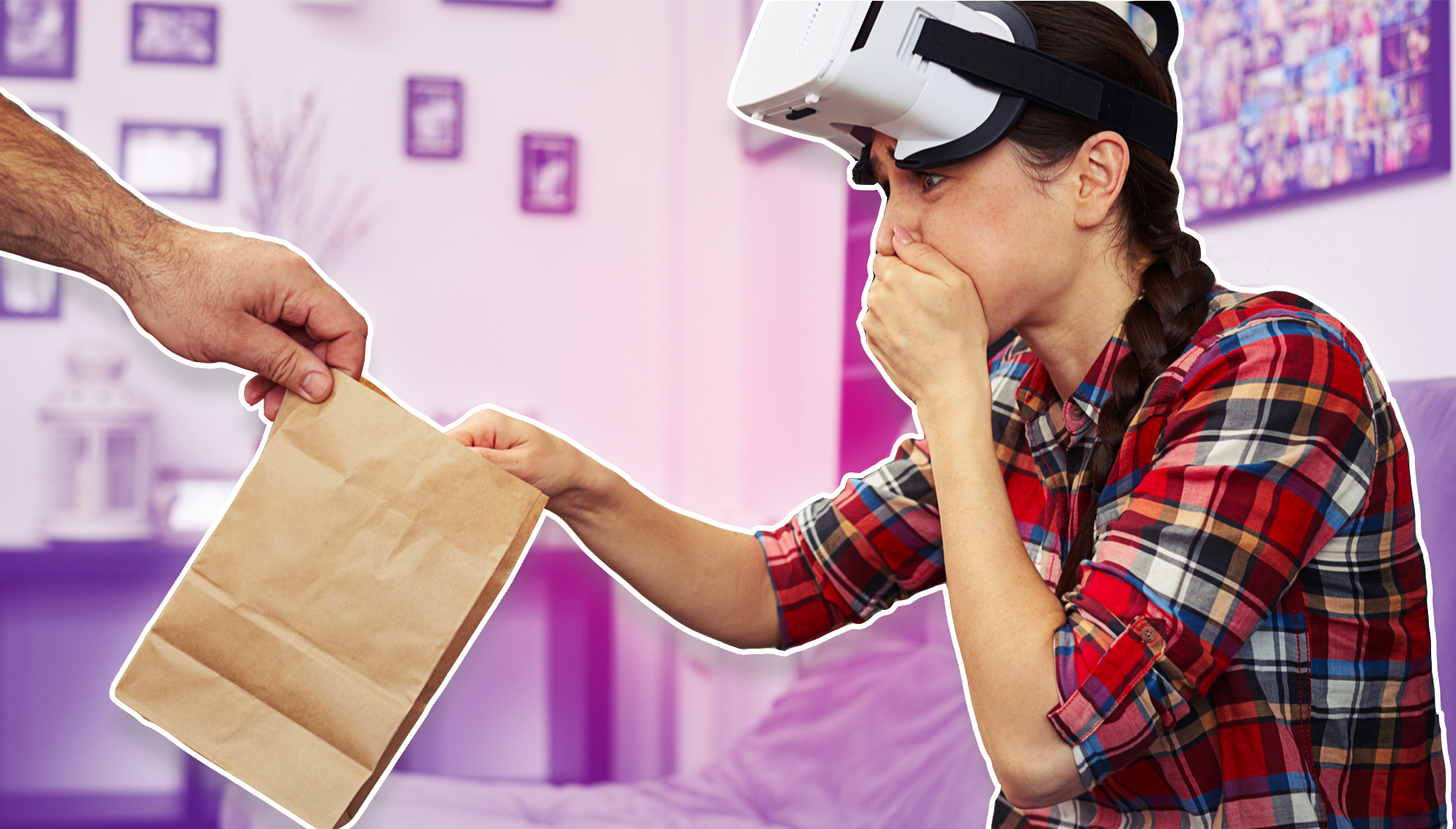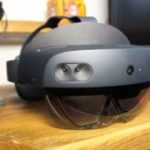Feeling queasy while exploring the metaverse? Grab a stick of your favorite gum and start chewing.
It’s every VR user’s worst nightmare. You’ve just finished installing a new game or app and excitedly dive in only to find yourself feeling nauseous from the experience just moments later. It’s a common issue within the VR community, one that can severely dampen your in-headset experience if left unaddressed.
Since the launch of the first consumer-ready VR headsets back in 2016, company’s have worked to develop effective workarounds for this issue that plagues so much of the community. This includes everything from hardware to software-based solutions. According to a new study, however, the answer may be a lot simpler than we imagined.
Last week, a research article was published detailing an experiment designed to showcase the positive effects chewing gum can have on those suffering from visually induced motion sickness (VIMS). As part of the study, 77 participants were split up into three groups—a control group with no gum, an experimental group chewing peppermint gum, and a second experimental group chewing ginger gum—and immersed in a 15-minute VR helicopter flight.
Participants were asked to rate their physical discomfort every minute using a Fast Motion Sickness Scale (FMS). Based on the results of the experiment, those chewing the peppermint gum experienced less VIMS compared to the other two groups. Those chewing the ginger gum also reported a noticeable increase in comfort, though not as much as those chewing peppermint, suggesting that even the taste of gum could play a factor in a user’s VIMS levels.
So, how exactly does chewing gum combat VR motion sickness? According to the report, it’s all about distracting the human brain. The research group cites a study conducted back in 2015 which showed how head vibrations can reduce the amount of motion sickness by 25% and mental distraction by another 19%, resulting in a combined sickness reduction of 39%.
“Other studies have shown that mechanical stimulation of the mastoid region (Weech et al. 2018), pleasant odors (Keshavarz et al. 2015), and diverting attention to pleasant musical stimuli can ameliorate VIMS (Keshavarz and Hecht 2014),” states the research group in their report, adding, “It is likely that chewing gum also has a positive impact, since it may exercise a positive effect by indirect mastoid stimulation effected through chewing, and at the same time by pleasurable flavor experience.”
Obviously, researchers could eventually develop multiple ways of delivering these same effects without the use of chewing gum. The recently-announced PlayStation VR2, for example, is confirmed to have built-in headset-based haptics. Perhaps this same technology could be used to deliver subtle vibrations to the user’s head to combat VIMS.
“Chewing gum reduces visually induced motion sickness” was written by Mara Kaufeld, Katharina De Coninck, Jennifer Schmidt, and Heiko Hecht. For more information check out the full research article here.
Feature Image Credit: ArtFamily/Shutterstock
The post New Report Says Chewing Gum Reduces VR Motion Sickness appeared first on VRScout.






